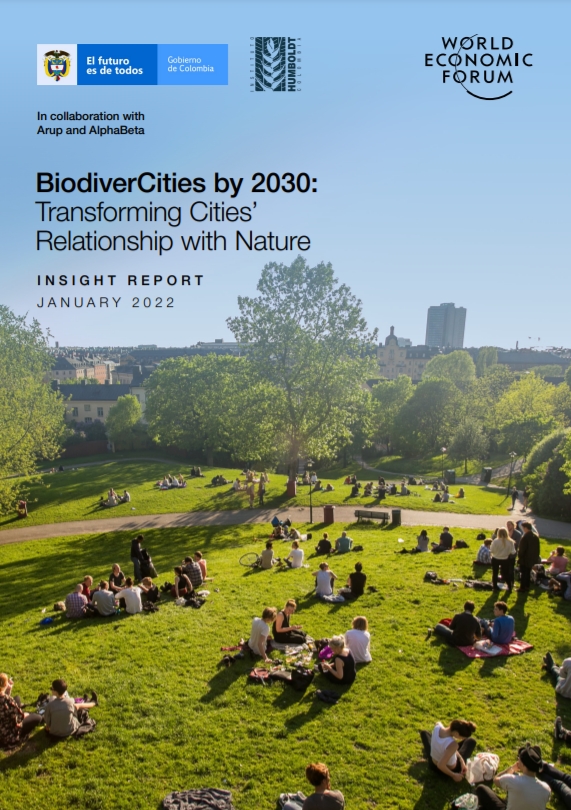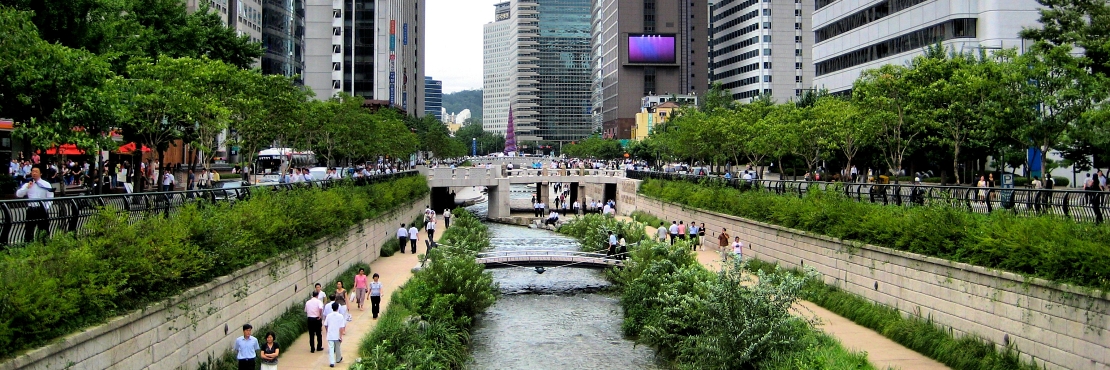Ivan Duque, President of Colombia, Office of the President of Colombia of World Economic Forum writes:
I encourage national and local governments, as well as the whole urban community to harvest and spread the evidence on the real opportunities for cities to become nature-positive. We must work together to build an enabling environment in each unique city context whereby biodiversity and nature-based solutions are prioritized on the urban agenda.
Supporting urban development is a foremost priority for any global leader steering a 21st-century sustainable development agenda. In less than 30 years, three-quarters of the world’s population will be living in cities, with citizens holding high expectations for their economic opportunities, well-being and prosperity.
- Escalating urbanization threatens the natural world on which cities ultimately depend.
- The World Economic Forum’s BiodiverCities by 2030 initiative provides a roadmap for a sustainable approach to city development.
- Nature-based solutions can replace traditional ‘grey’ infrastructure.
Cities should provide key services for all, such as sufficient and clean water; reliable food systems; housing, energy and medicine; jobs and places for leisure, innovation and co-creation. Nevertheless, many cities currently fall short and are failing city-dwellers, as well as the natural environment that urban life depends on.
The many positive outcomes that urbanization has provided to mankind notwithstanding, its development still largely depends on the alienation from and exploitation of nature, which causes ripple effects threatening planetary stability. City officials are being confronted on a daily basis with the consequences of such environmental impacts, having to manage increasing droughts, flooding, fires, and health emergencies, among others.
Over 70% of the largest urban centres in the world – and their more than 1.4 billion inhabitants – are deemed to be at high or extreme risk of environmental harm, and nearly 60% of all cities are highly exposed to at least one of the six main natural hazards: cyclones, floods, droughts, earthquakes, landslides and volcanic eruptions.
The case for transforming cities is strong, and the time is now. Natural ecosystems and their biodiversity provide many fundamental benefits to urban societies, including climate resilience. Strengthening the resilience of cities is a matter of urgency for humanity and the economy. Cities need to be prepared to cope with the social, environmental and financial consequences of ever-increasing natural hazards, and act systemically to reverse such risks.
Nature-based solutions (NbS) for cities
 The BiodiverCities by 2030 initiative has presented a new report calling for multistakeholder collaboration to integrate nature as infrastructure into the built environment. By shifting investment to NbS for infrastructure, cities can leverage natural ecosystems to provide the key functions of conventional grey interventions.
The BiodiverCities by 2030 initiative has presented a new report calling for multistakeholder collaboration to integrate nature as infrastructure into the built environment. By shifting investment to NbS for infrastructure, cities can leverage natural ecosystems to provide the key functions of conventional grey interventions.
NbS can help cities to sustain water security and resilience through watershed conservation, as already seen in China through several pilot schemes on sponge cities and water-sensitive cities. NbS can also improve the aesthetics of neighbourhoods while drawing in other significant benefits and economic returns, as demonstrated by the High Line in New York City. In addition, NbS in urban areas can improve urban microclimates, reduce urban heat islands, offset carbon emissions and support species richness through increased green roofs and green areas, as seen in Shah Alam, Taipei, London, Seoul, Cordoba and Barranquilla, among many others.
NbS for infrastructure could cost 50% less than grey infrastructure alternatives alone and deliver 28% in added value such as carbon sequestration, cleaner air and water, better health, recreational services, jobs and opportunities for growth in other sectors (e.g. real estate and tourism). By investing in nature-based infrastructure and fostering land-sparing within the built environment now, cities can secure their future, increase their liveability and build resilience against the twin challenges of climate change and biodiversity loss.
Read more: BiodiverCities: how infrastructure could transform the urban relationship with nature
 Greenroofs.comConnecting the Planet + Living Architecture
Greenroofs.comConnecting the Planet + Living Architecture





